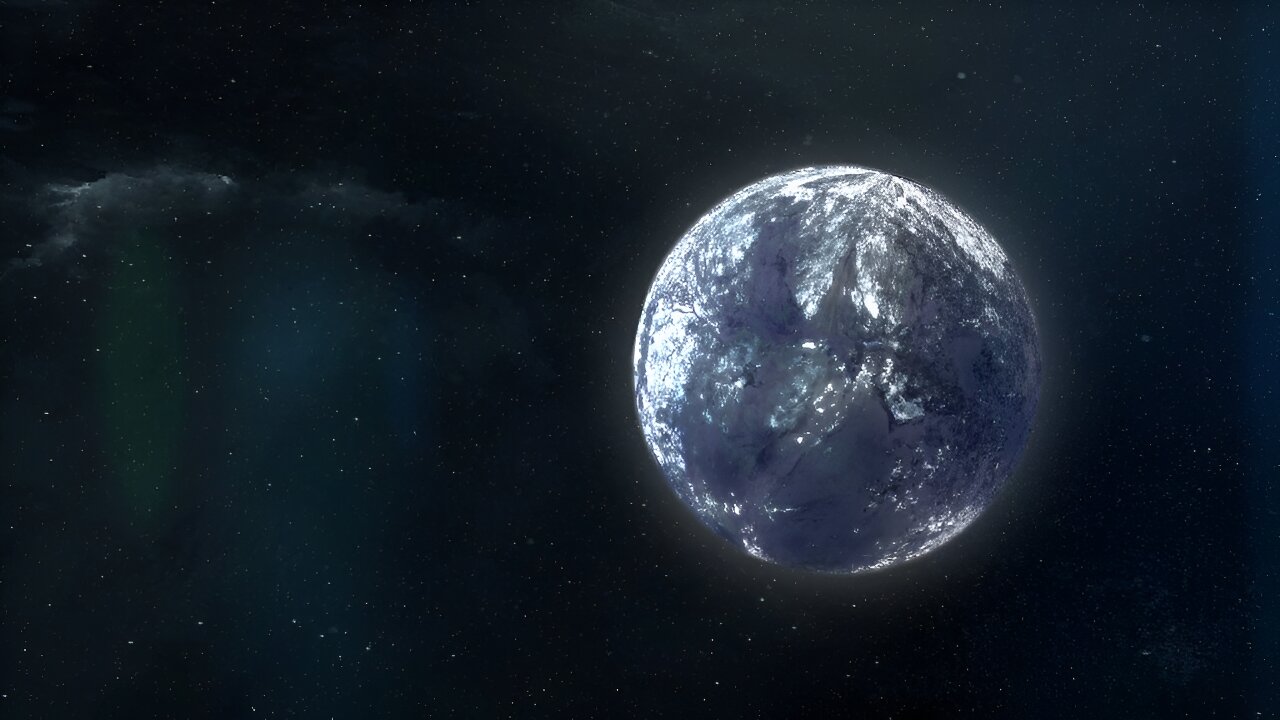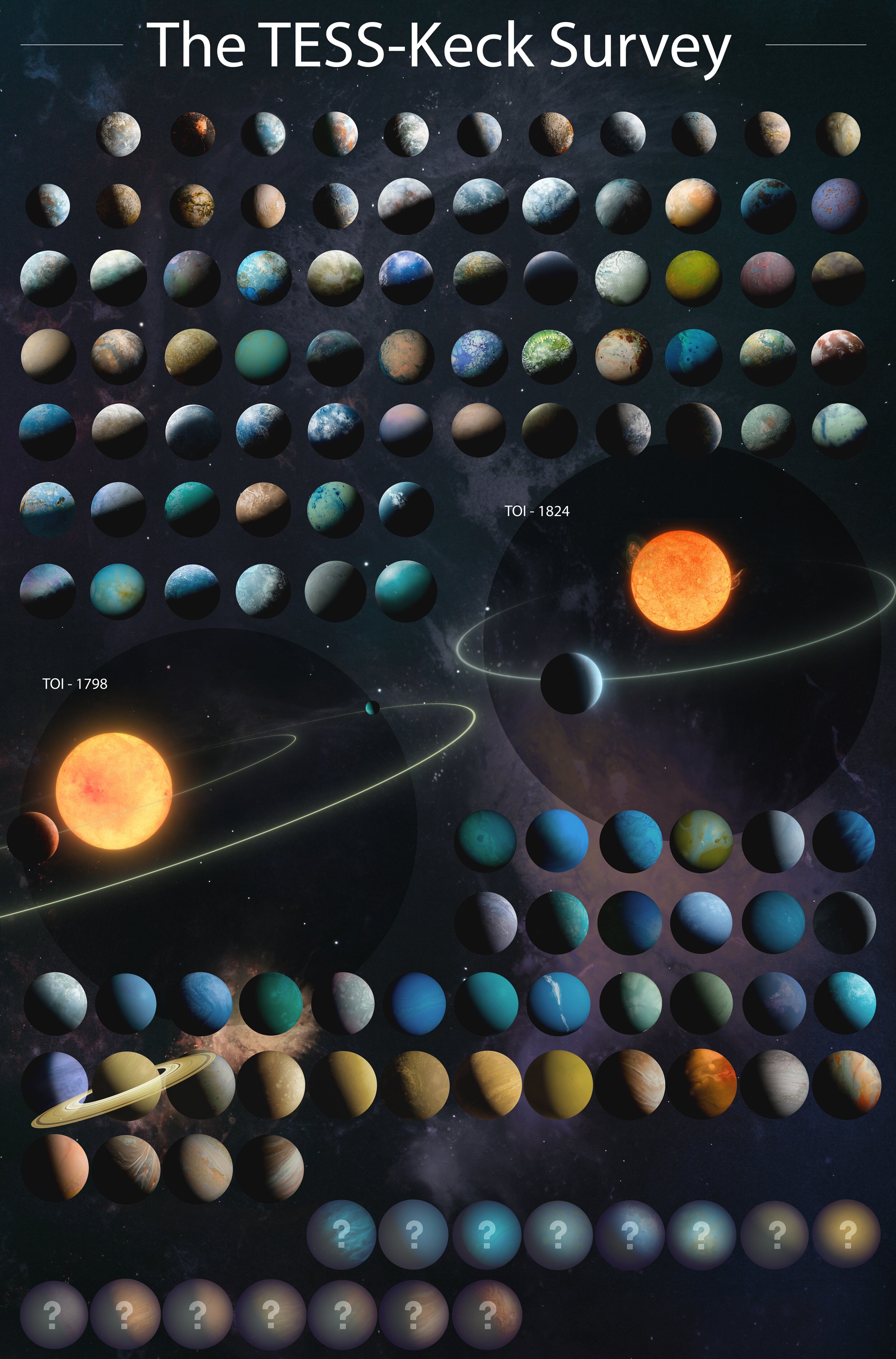
In a recent development, astronomers have made significant strides in understanding the mysteries surrounding certain planets that appear 'puffy' or inflated beyond their expected sizes. Using data from the James Webb Space Telescope, two research groups have potentially solved this longstanding cosmic enigma.
One such planet is WASP-107b, a 'warm Neptune' gas giant identified in 2017. Despite its size, which is nearly that of Jupiter but only one-tenth of its density, new data from the James Webb Space Telescope revealed that it has a significantly hotter interior than previously thought.
Meanwhile, the Euclid space telescope has discovered seven more rogue planets. These gas giants, at least four times the mass of Jupiter each, were spotted in the Orion Nebula and are currently drifting through space without being bound to any star.
The TESS-Keck Survey team recently unveiled a massive catalog of 126 new exotic planets. Thousands of previously known exoplanets have little information available about them, but this new catalog includes detailed measurements that allow for comparisons with our solar system.
Astrophysicists Rosalba Perna and her colleagues propose a new theory on the formation of free-floating binary planets in outer space. According to their theory, two planets in outer orbits of a planetary system can experience close encounters leading to the ejection of a pair of giant planets, resulting in JuMBOs (Jupiter-mass binary objects).
These discoveries and theories not only expand our understanding of the universe but also highlight the importance of continued exploration and observation through advanced telescopes like the James Webb Space Telescope.



